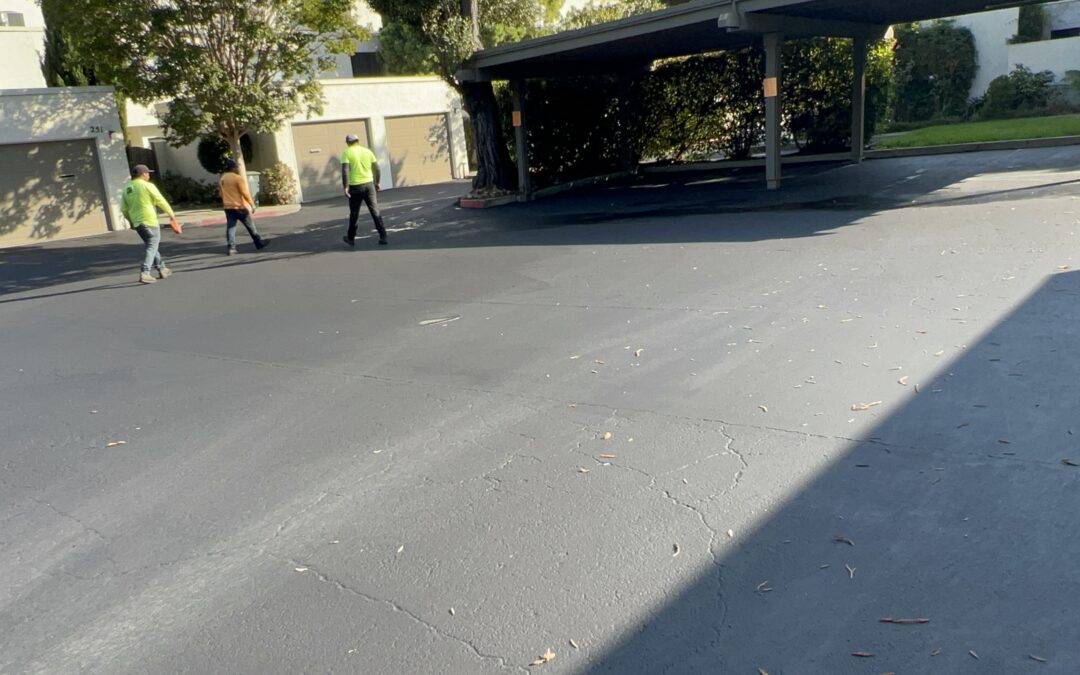Pavers are a fantastic choice for creating beautiful and durable pathways, patios, and driveways. However, one of the key challenges in paver installation is ensuring that they are perfectly level. Uneven pavers not only look unsightly but can also pose a tripping hazard and cause drainage issues. In this guide, we’ll explore the step-by-step process of how to level pavers perfectly for a professional-looking finish that will stand the test of time.
Planning and Preparation
Before you start laying your pavers, proper planning and preparation are essential. Begin by determining the layout of your project area and marking it with stakes and string. Take accurate measurements and calculate the quantity of pavers and base materials you’ll need.
Excavation and Grading
Once you have your layout planned, it’s time to prepare the ground for the pavers. Excavate the area to the desired depth, taking into account the thickness of the pavers plus the base and bedding materials. Use a shovel, rake, and a level to ensure that the ground is evenly graded and compacted.
Base Material Installation
Next, add a layer of base material such as crushed stone or gravel to the excavated area. This base layer provides stability and drainage for the pavers. Spread the base material evenly and use a plate compactor to compact it firmly. Check the level of the base material with a straight edge and adjust as needed to achieve a uniform thickness.
Bedding Sand Application
Once the base material is in place, it’s time to add a layer of bedding sand. Spread a thin, even layer of coarse sand over the compacted base material. Use a screed board or straight edge to smooth and level the sand, ensuring consistent thickness throughout the project area.
Setting the Pavers
With the bedding sand prepared, you can now begin laying the pavers according to your chosen pattern. Start at one corner and work your way across the area, placing each paver tightly against its neighbor. Use a rubber mallet to gently tap the pavers into place, ensuring they are level with each other and the surrounding surface.
Checking for Level
As you lay each paver, use a level to check for both horizontal and vertical alignment. Adjust the position of the pavers as needed to ensure they are perfectly level in all directions. Pay close attention to the edges and corners, as these areas are prone to unevenness.
Adding Edge Restraints
To keep the pavers in place and prevent shifting over time, install edge restraints along the perimeter of the project area. This can be done using materials such as plastic or metal edging, concrete curbing, or even sturdy wooden stakes. Secure the edge restraints firmly in place using spikes or screws.
Final Compaction and Sanding
Once all the pavers are in place and properly leveled, use a plate compactor to gently compact the surface. This helps to settle the pavers into the bedding sand and creates a more stable finished surface. After compacting, fill any gaps between the pavers with additional sand and sweep it into the joints using a broom.
Finishing Touches
With the pavers in place and the joints filled, take a final look at your project to ensure everything is level and aligned correctly. Make any necessary adjustments before giving the entire surface a thorough cleaning to remove any excess sand or debris. Step back and admire your handiwork – you’ve successfully leveled your pavers to perfection!
Conclusion
Leveling pavers perfectly is a crucial step in creating a professional-looking and long-lasting outdoor space. By following the steps outlined in this guide, you can achieve a smooth and even surface that enhances the beauty and functionality of your landscape. Whether you’re installing a new patio, pathway, or driveway, proper leveling techniques will ensure that your pavers remain stable and attractive for years to come.


